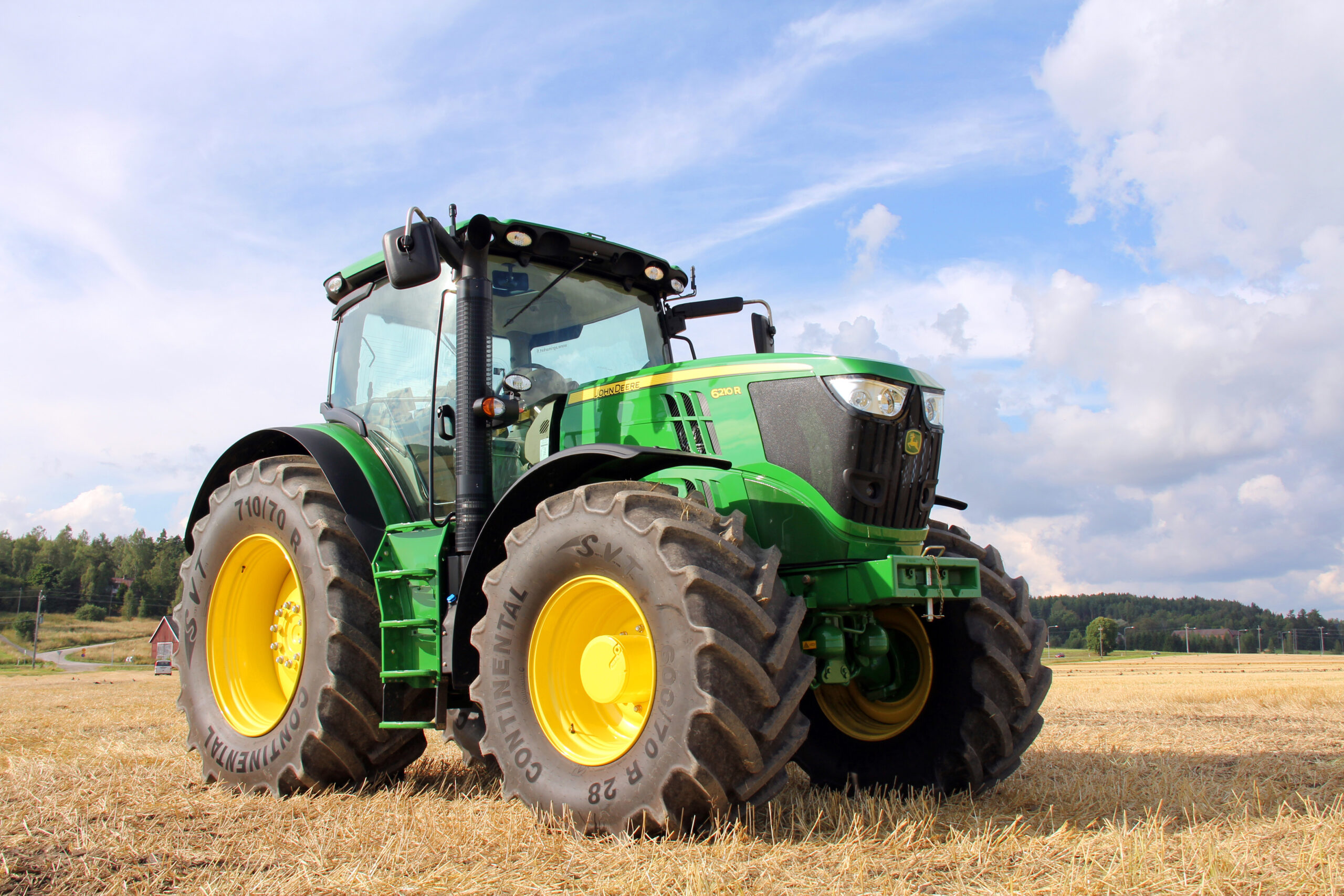We’re Not Just Selling Steel Anymore
There was a time when you could pop the hood of a tractor, see what wasn’t working, and fix it with a few basic tools and a little grit. I still meet folks who remember those days—and honestly, I admire them. But times have changed. These days, most tractors roll off the line with more computer power than the family desktop. Screens, sensors, GPS, onboard diagnostics—you name it.
Don’t get me wrong, the machines are better than ever. They’re more efficient, more precise, and built to handle more work with less waste. But all that technology comes with a learning curve. And whether we like it or not, we’re all expected to climb it.
As someone who works in agricultural equipment sales, I spend a lot of time in the middle—between the folks designing this tech and the people using it in the field. What I’ve learned is this: You don’t need to be a tech genius to keep up. You just need to care enough to learn the basics.
Why the Basics Matter
Let’s be clear—I’m not saying everyone needs to become an expert in firmware or coding. But knowing how your equipment works at a basic level can save you time, money, and a lot of stress. I’ve seen too many good operators lose hours over something simple—like a software setting, a sensor issue, or a missed update.
Here’s the thing: technology is here to stay. Every year, new models come out with more features built in. And while some of that can feel overwhelming, a lot of it is actually designed to make life easier—if you know how to use it.
Whether it’s auto-guidance systems, yield monitoring, or diagnostic alerts, understanding the essentials gives you control. Instead of calling someone out every time something blinks or beeps, you can handle the smaller stuff on your own—and that adds up fast.
Real-World Example: A Simple Fix Saves the Day
Just a few weeks ago, I got a call from a customer in the middle of planting season. His equipment was throwing error codes, and he was losing precious daylight. Understandably, he was frustrated. He thought the whole system was down.
But when I got there, it turned out to be something simple: his GPS connection had been interrupted, and a quick reset brought everything back online. If he had known how to do a basic system check, he could’ve saved himself a call and been back in the field in minutes.
That’s not a knock on him—it’s just reality. The systems are complicated, but they don’t have to be mysterious. A little knowledge goes a long way.
Getting Comfortable With the New Normal
Look, I get it. Some folks see the touchscreen in a tractor cab and feel like they’ve been dropped into the cockpit of a spaceship. And if you’ve spent most of your life doing things the old-fashioned way, it can be a hard shift.
But I’ve also seen operators in their sixties and seventies pick up new tools faster than people half their age—just because they were open to it. It’s not about how old you are or how “techy” you feel. It’s about whether you’re willing to adapt.
The key is starting small. Learn how to navigate the home screen. Get familiar with the diagnostic menu. Ask questions. Watch tutorials. Your dealer probably offers training—take advantage of it. You don’t need to memorize the manual, but you do need to know your way around the basics.
Better Tech = Better Decisions
One of the biggest benefits of modern equipment is the information it gives you. From real-time fuel efficiency to field performance data, these systems are constantly collecting feedback. And that feedback helps you make better decisions—about planting, harvesting, maintenance, and even your bottom line.
But again, that only works if you know how to read it. If the data’s just sitting there and nobody’s using it, it might as well not exist.
Knowing the basics doesn’t just help you react faster—it helps you plan better. You can catch problems early, optimize your workflow, and even reduce wear and tear on your machines. That’s not just good for your business—it’s good for your peace of mind.
Learn Enough to Be Dangerous (In a Good Way)
Technology isn’t replacing the farmer—it’s giving you more tools to work with. The heart of agriculture is still the same: hard work, long days, and doing right by the land. But now, we’ve got some powerful new tools to help along the way.
My advice? Don’t be afraid of the screens, sensors, and software. Get curious. Ask questions. Learn just enough to be dangerous—in a good way. When you understand what your equipment is doing and why, everything starts to click.
You don’t need to know everything. You just need to know enough to stay in control. That’s how you make the technology work for you—not the other way around.
So the next time something pops up on the screen, don’t panic. Take a breath. Check the basics. And if you’re stuck, call someone who can help you learn—not just fix.
Trust me, it makes all the difference.
